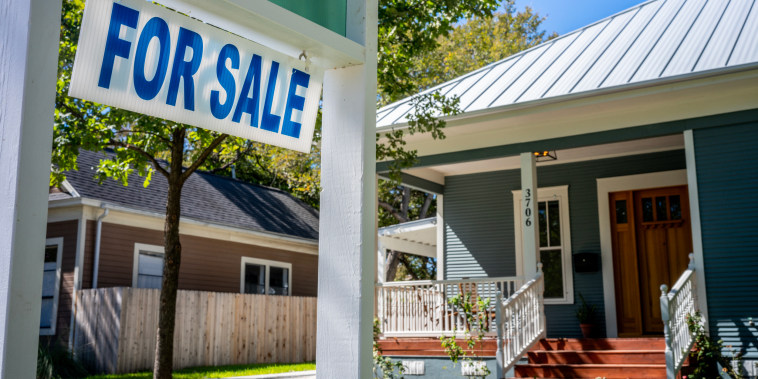Understanding the Surge in Mortgage Rates
To begin, it’s necessary to clarify what exactly constitutes a mortgage rate. A mortgage rate is the interest charged by lenders in return for loaning money for a property purchase. These rates play a fundamental role in determining the cost of buying a home, thus affecting the real estate market significantly.
Over the course of the year, mortgage rates have been slowly but surely increasing. According to Freddie Mac (Federal Home Loan Mortgage Corporation), just last week, the average rate on a 30-year fixed-rate loan rose to its highest level in the year, signaling a new phase for potential homeowners and investors alike. It is anticipated that these rates could potentially climb even higher.
Impacts and Context behind the Rising Rates
The surge in mortgage rates is mainly due to improving economic prospects and inflation fears. As the economy rebounds from the pandemic induced recession, higher consumer spending and business investment are factors contributing to a potential inflationary environment. Consequently, lenders have had to raise their rates in order to protect themselves against the decrease in value that accompanies rising inflation.
Furthermore, the Federal Reserve’s monetary policies have sizable implications on mortgage rates. By keeping short-term interest rates near zero and buying up billions in securities backed by mortgages, the Federal Reserve managed to keep mortgage rates at near record lows for an unprecedented amount of time. However, as the Fed hints at interest rate hikes and a pullback of its securities purchases, mortgage rates are reacting in kind by rising – sometimes sharply.
Implications for Borrowers and Homeowners
The rising mortgage rates impose a domino effect in the housing market by redefining the parameters of affordability for prospective home buyers. As mortgage rates ascend, they gradually erode the purchasing power of prospective borrowers. For instance, when rates rise from 3% to 4%, a buyer might afford $20,000 less on the price of a home, while the mortgage payment remains the same.
Increasing rates can also straitjacket current homeowners, dramatically diminishing their opportunities of refinancing and imposing higher interest costs. To put into perspective, homeowners who might have been able to refinance their mortgage at a lower rate of 2.5% just months ago may be looking at rates well over 3% today.
Responding to the Situation
Prospective homeowners and investors shouldn’t just passively observe these fluctuations. They might want to look into locking in a rate soon before they increase further. This proactive measure can safeguard them from future potential hikes. On the other hand, current homeowners, especially those who haven’t already refinanced, should consider whether they are able to handle the rising costs of their mortgage payments and plan accordingly.
Although predicting the exact trajectory of interest rates is not feasible, understanding the influencing factors and remaining responsive to them can help all parties involved in the housing market more effectively navigate these volatile times. As mortgage rates continue to rise, it’s crucial to stay informed and act judiciously to position oneself advantageously.




